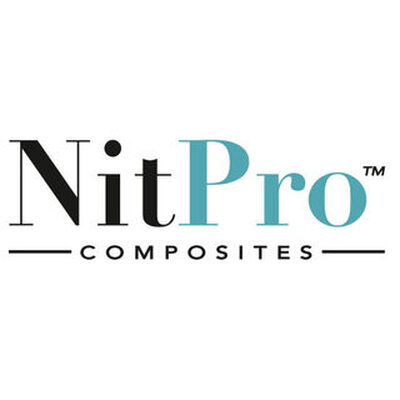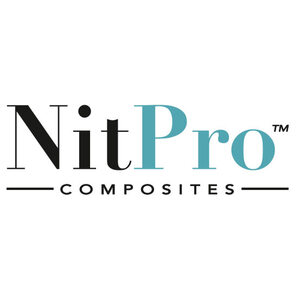What is Carbon Fiber Vacuum Infusion Process?
الجسم
The Carbon Fiber Vacuum Infusion Process (also known as Vacuum Assisted Resin Transfer Molding or VARTM) is a manufacturing technique used to produce high-performance carbon fiber composite products and parts. It involves the infusion of resin into a carbon fiber preform under vacuum pressure, resulting in a strong and lightweight end product. Many carbon fiber manufacturers use the vacuum infusion process for producing high–quality parts and products. The advanced composite material used in a wide range of industries is manufactured in multiple ways. Vacuum Infusion Process, VIP for short is one of the methods of producing the high-strength-low-weight material for the use of different industries.
The manufacturing process typically involves the following steps:
Step 1 - Preparing the mold
A mold is created, usually made of two halves, which define the shape and dimensions of the final part. The mold is often coated with a release agent to prevent the composite from sticking to it.
Step 2 - Preparing the carbon fiber preform
Layers of carbon fiber fabric or tow are arranged in the mold to form the desired shape and provide the structural reinforcement. The preform is often cut and shaped to fit the mold precisely.
Step 3 - Seal the mold
The two halves of the mold are tightly sealed together, creating an airtight enclosure.
Step 4 - Evacuating the mold
A vacuum is applied to the mold, removing the air from the mold cavity and the carbon fiber preform. This step helps ensure that the resin can fully penetrate the carbon fiber and minimizes the presence of voids or air bubbles in the final product.
Step 5 - Infusing the resin
Liquid resin is introduced into the mold under vacuum pressure. The resin flows through the carbon fiber preform, impregnating it completely. The vacuum pressure helps draw the resin into the fiber layers and facilitates a uniform distribution.
Step 6 – Curing
After the resin infusion is complete, the mold is placed in an oven or heated environment to cure the resin. Curing involves a chemical reaction or the application of heat to solidify the resin, bonding the carbon fiber layers together and forming the final composite part.
Step 7 - Demolding and finishing
Once the resin has fully cured and hardened, the mold is opened, and the finished carbon fiber part is removed. Some additional finishing processes such as trimming, sanding, or painting may be required to achieve the desired surface finish and dimensions.
The carbon fiber vacuum infusion manufacturing process offers several advantages, including better fiber wet-out, reduced void content, and improved control over resin distribution.
The products manufactured with this process are lightweight, high in strength, corrosion resistant, durable and proficient in the use o
What products and parts are manufactured with Vacuum Infusion Process
The vacuum infusion process is used to manufacture a wide range of composite parts, particularly those that require high strength and lightweight. Carbon fiber sheets are mostly made in different dimensions which is further used in developing parts. Some examples of products that can be manufactured include:
Aerospace components: For the lightweight and high strength aircraft panels, fairings, wing skins, interior components, and structural elements, vacuum infusion meets the stringent requirements of the aerospace industry.
Automotive parts: Vacuum infusion helps reduce the weight of the vehicle while maintaining strength and rigidity for automotive components, including body panels, hoods, spoilers, interior trims, and structural reinforcements.
Marine vessels: For the production of strong, corrosion-resistant, and lightweight composite material that enhances the overall performance and fuel efficiency of the vessel, the manufacturing process is extensively utilized in the construction of boats and yachts, especially hulls, decks, bulkheads and other structural components.
Wind turbine blades: For large, lightweight and aerodynamically efficient blades that can withstand the forces exerted by the wind, the infusion process ensures that the resin is evenly distributed throughout the blade, resulting in improved strength and durability.
Sporting goods: Bicycle frames, golf club shafts, tennis rackets and kayak hulls with lightweight, high-performance products that offer enhanced strength and stiffness characteristics.
Infrastructure components: Structurally stable infrastructure components like bridge decks, utility poles, and architectural elements
It's worth noting that the vacuum infusion process is versatile and can be adapted to suit the specific requirements of different industries. By combining different reinforcement materials, such as carbon fiber, fiberglass, or aramid fiber, with various resin systems, manufacturers can tailor the properties of the final composite part to meet specific performance criteria. Explore NitPro Composites for the range of carbon fiber products and parts manufactured with the vacuum infusion process.
Source by- https://www.zupyak.com/p/3730271/t/what-is-carbon-fiber-vacuum-infusion-process












تعليقات